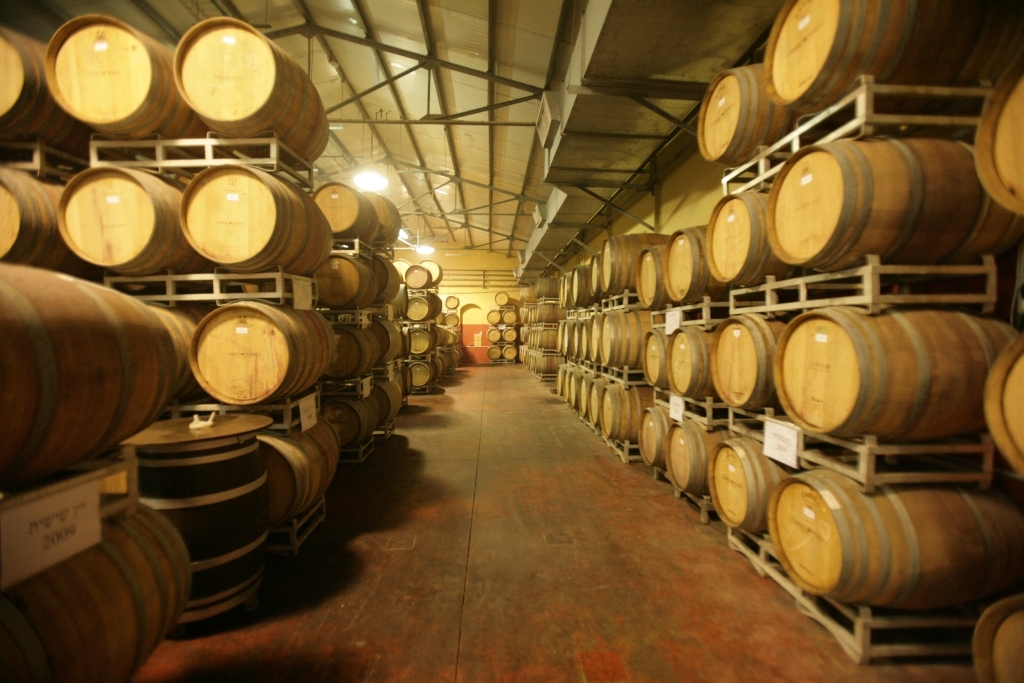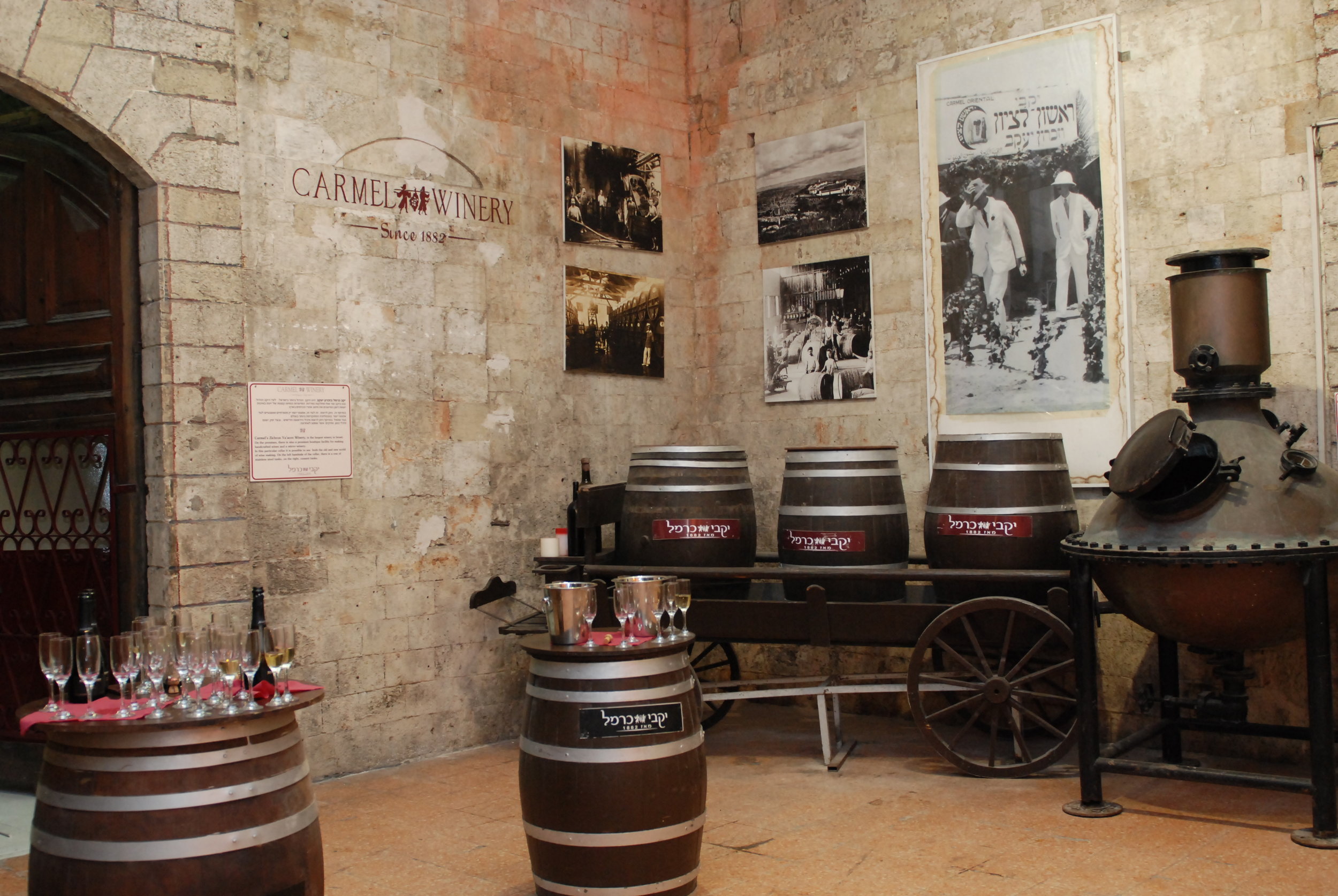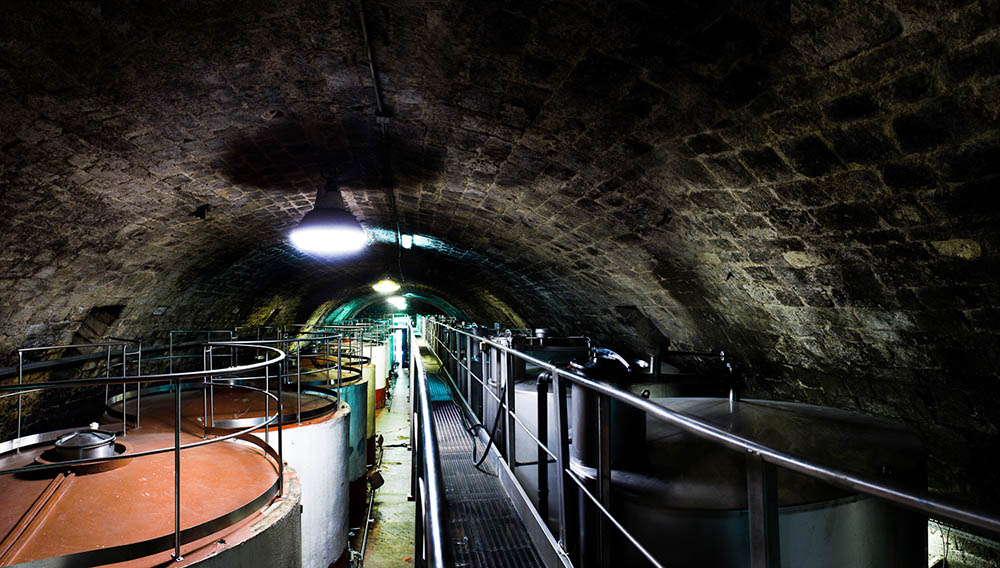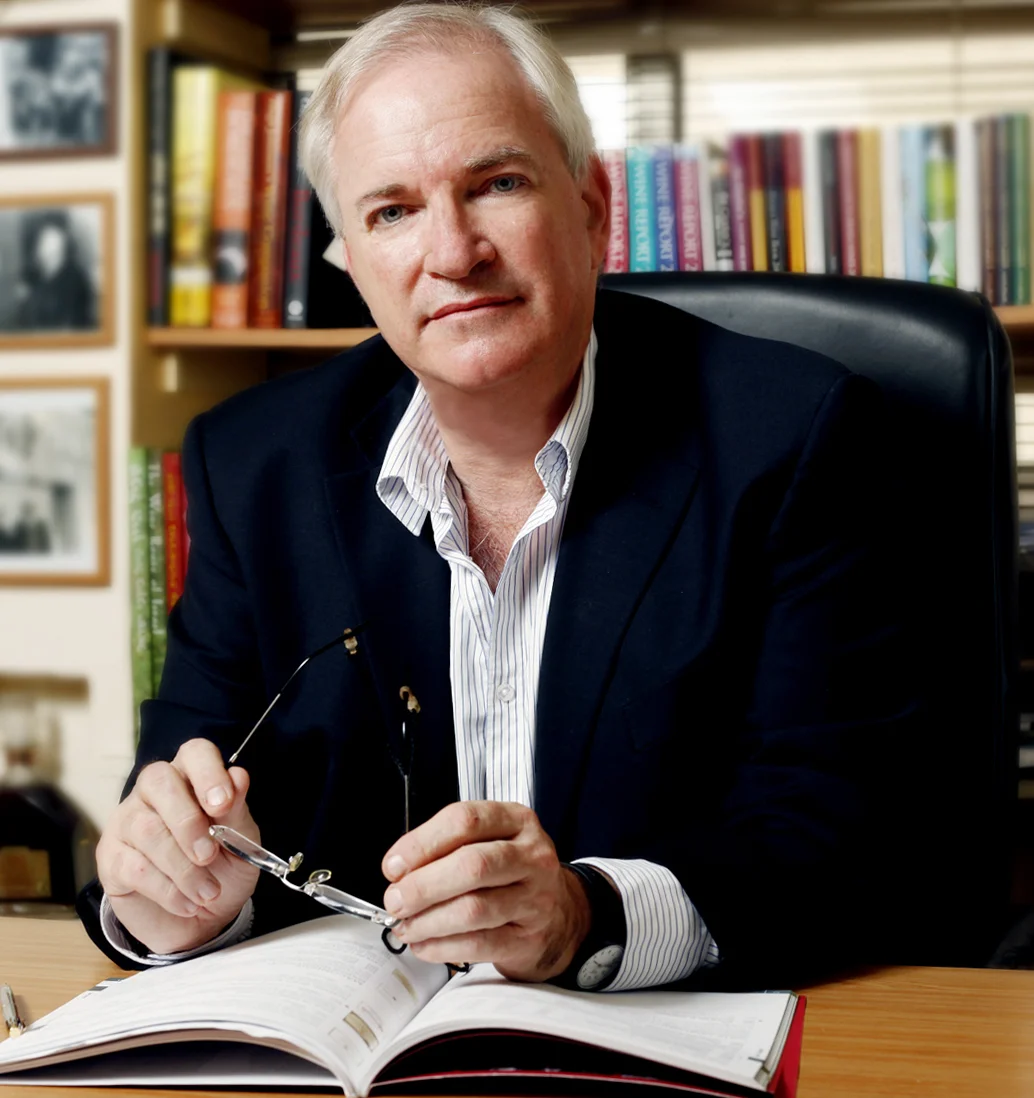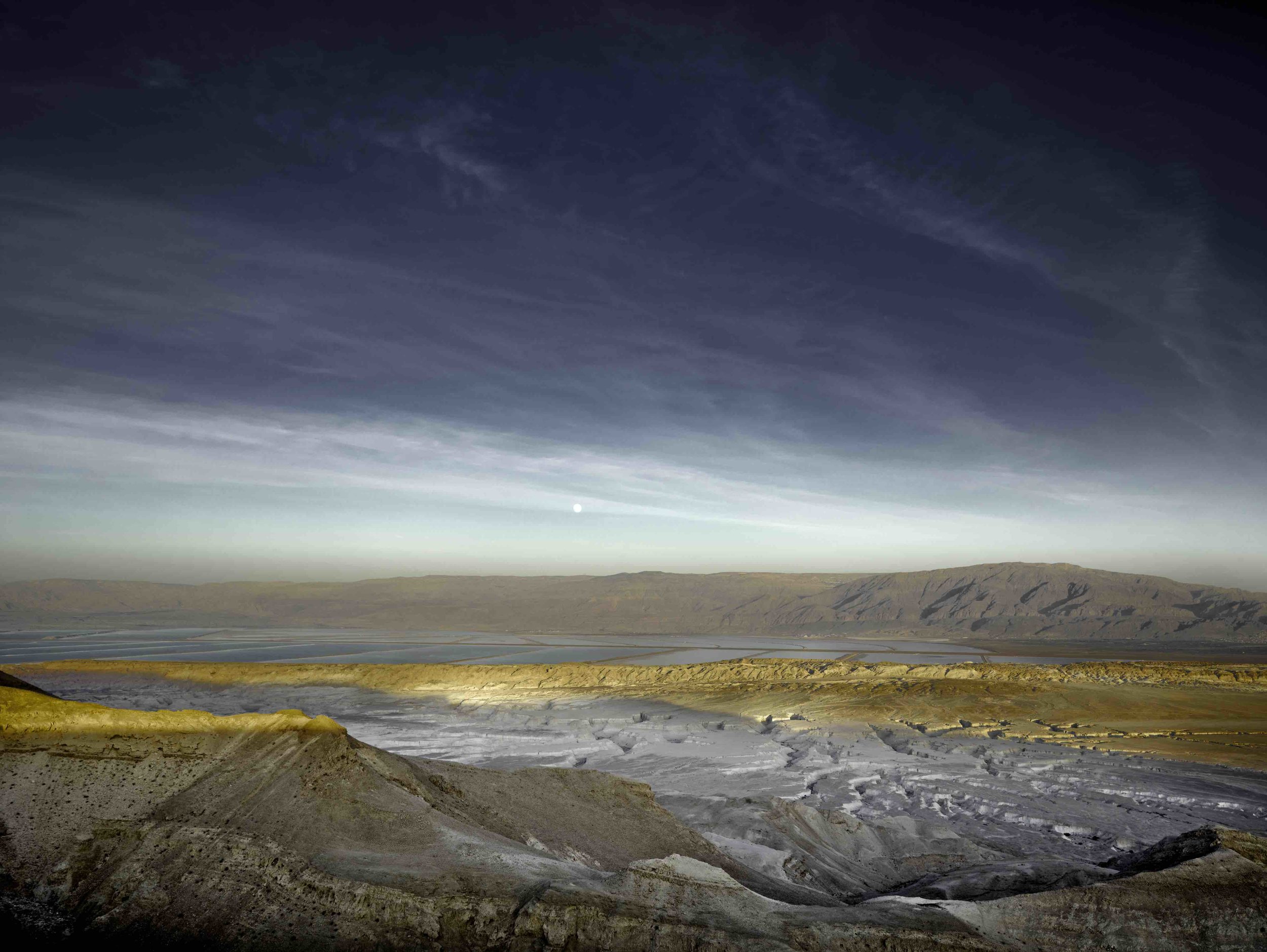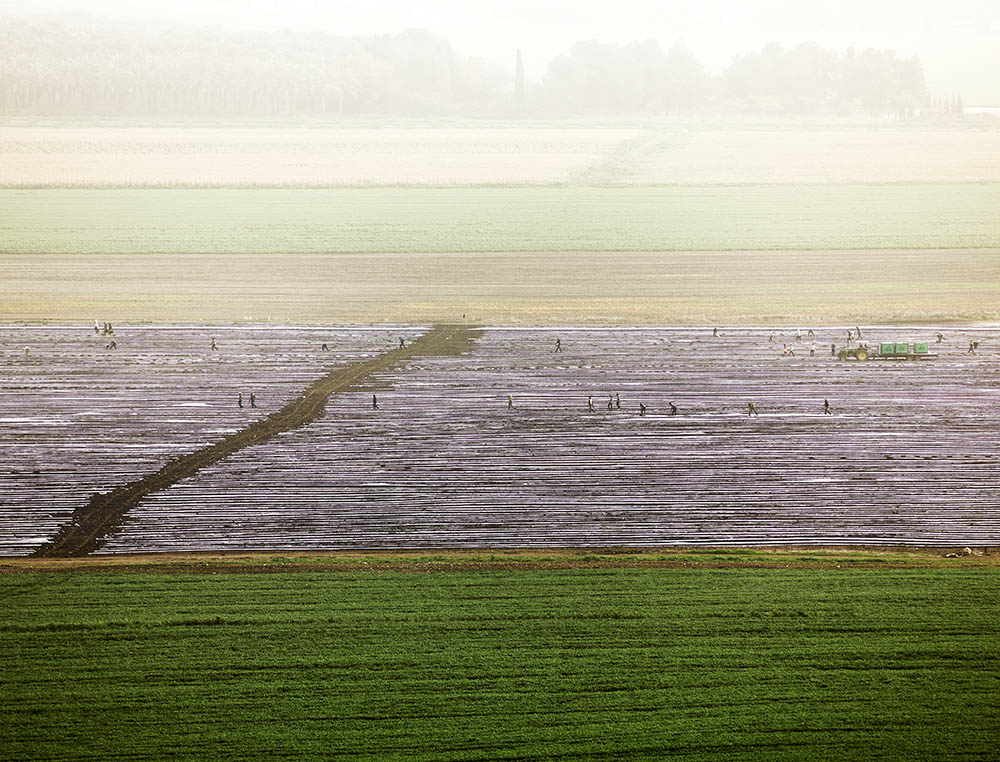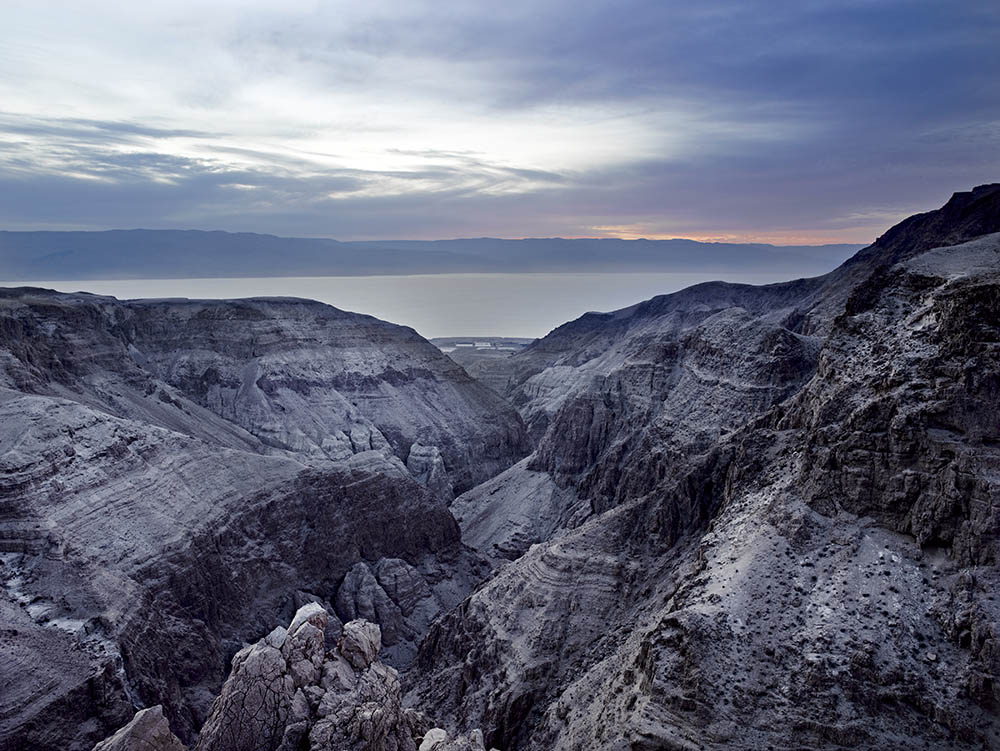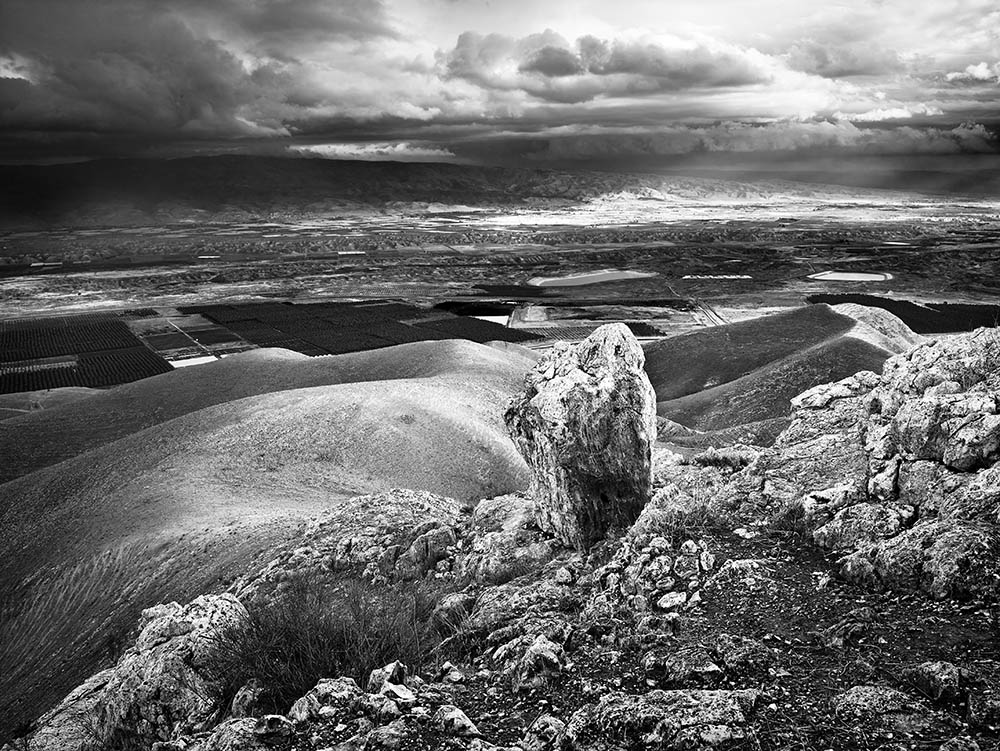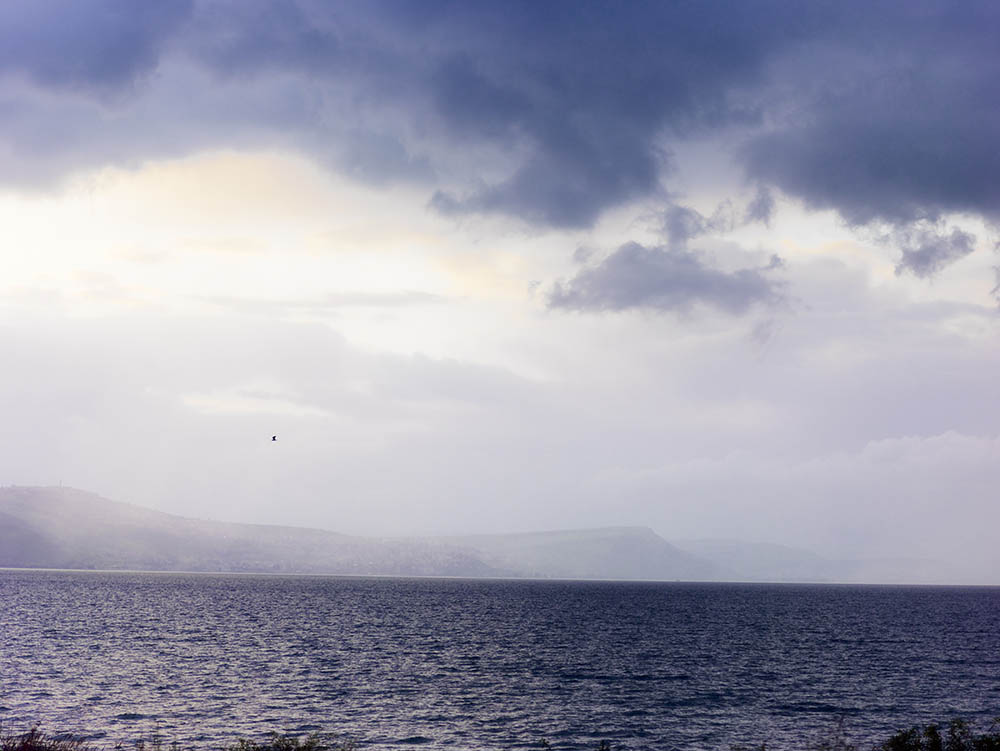Jerusalem seen from the air. Photo © and courtesy Cookie West
Keeping in mind Israel is about the size of New Jersey, you might consider a scouting foray to the Negev by helicopter. Take off from the heliport north of Tel Aviv, in Herzliya—imagine climbing into a bright yellow copter with sound-muffling earphones—the loud throbbing of the engine filling the air as you hunker down in your bucket seat.
“You’ll see the green hills around Jerusalem, with its pink-hued stone walls surrounding the Old City, the Dome of the Rock glinting in the sun.”
The helicopter rises into the sky as you peer downward to see the world receding from view, the towns speeding by underneath you as you head south. There is Tel Aviv off on the right—its skyscrapers reminding you a little of the spires of New York City. In a short while you’ll see the green hills around Jerusalem, with its pink-hued stone walls surrounding the Old City, the Dome of the Rock glinting in the sun.
The country lays itself out for you; the perspective from the helicopter revealing gorgeous larger patterns of cityscape, agricultural dots and stripes, and moonlike arid lands. The terrain turns yellow as you careen over the Judean Desert. There in the distance, to the right, is Be’er Sheva. Once a sleepy little camel junction, it is now a metropolis, with buildings climbing high out of the winding old streets. To your left—that is, to the East—the salt-dense Dead Sea lolled mysteriously. In less than an hour, your pilot lands in a whirlwind of sand churned up by the gusts of the helicopter’s propellers. Here you are at Tel Arad, in the northeastern Negev, right in front of the Yatir Winery.







